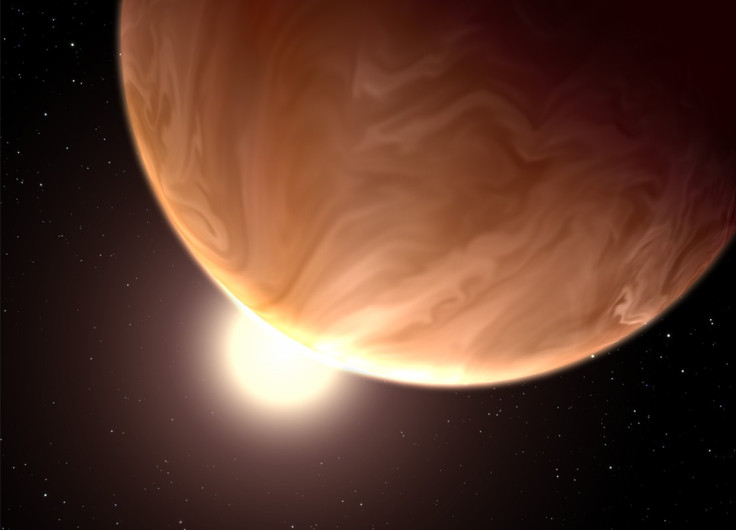Alien World Weather Conditions 'a Milestone for Finding Extraterrestrial Life'
Hubble telescope provides first accurate details of climate on exoplanet 40 light years from Earth

Astronomers have provided accurate details of weather conditions on a planet for the first time after finding that a "super-Earth" 40 light years away had a cloudy atmosphere.
A team of scientists led by experts at the Department of Astronomy and Astrophysics at the University of Chicago used the Hubble telescope to determine the weather forecast of GJ 1214b, an exoplanet discovered in 2009.
GJ 1214b is classified as a super-Earth-type planet because its mass is between that of the Earth and Neptune.
Super-Earths are the most common type of planets in the Milky Way but there are no others in our solar system, meaning their nature is largely a mystery.
GJ 1214b is close to our solar system and because its host star is small it is the most easily observed super-Earth.
Researchers had believed that GJ 1214b's atmosphere consisted of water vapour or another heavy molecule, or high-altitude clouds that prevented observation of the planet's surface.

Using 96 hours of Hubble observations over 11 months, research leaders Laura Kreidberg and Jacob Bean found clear evidence that the planet is cloudy.
They ruled out an atmosphere of water vapour, methane, nitrogen, carbon monoxide or carbon dioxide.
While the composition of the clouds was unknown, scientists hypothesised that they were composed of potassium, chloride or zinc sulphide.
They said their research was an important step in identifying potentially habitable exoplanets.
Published in the journal Nature, Kreidberg said: "We really pushed the limits of what is possible with Hubble to make this measurement. This advance lays the foundation for characterising other Earths with similar techniques."
Bean added: "It's very exciting that we can use a telescope like Hubble that was never designed with this in mind, do these kinds of observations with such exquisite precision, and really nail down some property of a small planet orbiting a distant star."
© Copyright IBTimes 2025. All rights reserved.






















